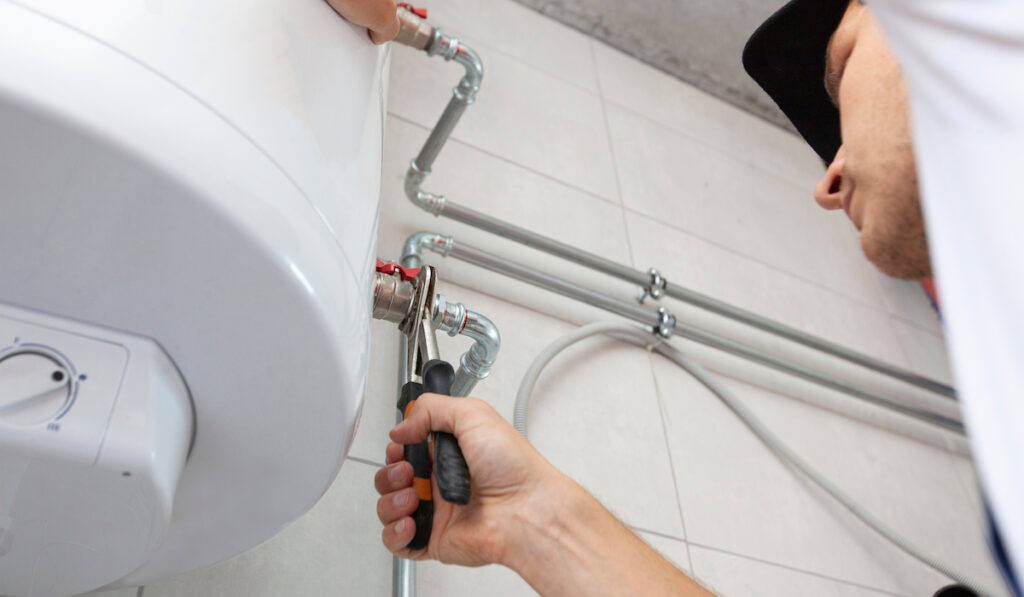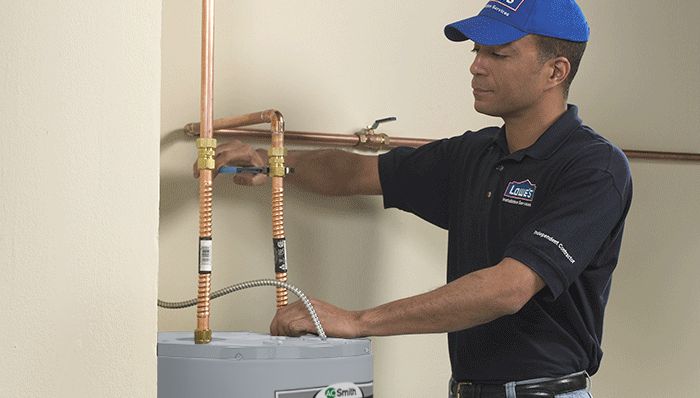Professional Tips on Maintaining Your Home's Hot Water System
Professional Tips on Maintaining Your Home's Hot Water System
Blog Article
Just how do you really feel about Tips For Maintaining Your Hot Water Heater?

Warm water is important for day-to-day comfort, whether it's for a revitalizing shower or washing meals. To guarantee your hot water system runs efficiently and lasts longer, normal maintenance is crucial. This article gives useful pointers and insights on just how to maintain your home's hot water system to stay clear of disruptions and expensive repairs.
Intro
Preserving your home's hot water system could seem overwhelming, but with a few straightforward actions, you can ensure it runs smoothly for many years to come. This overview covers whatever from recognizing your hot water system to DIY maintenance ideas and knowing when to call expert aid.
Value of Keeping Your Hot Water System
Regular upkeep not just extends the life expectancy of your warm water system yet additionally ensures it runs successfully. Neglecting maintenance can result in reduced performance, greater power bills, and even premature failure of the system.
Indications Your Hot Water System Requirements Maintenance
Understanding when your warm water system requires focus can prevent major issues. Look out for signs such as inconsistent water temperature level, odd sounds from the heating unit, or rustic water.
Purging the Hot Water Heater
Flushing your water heater gets rid of debris accumulation, enhancing effectiveness and extending its life.
Checking and Replacing Anode Rods
Anode rods avoid corrosion inside the tank. Inspecting and changing them when broken is critical.
Facility Problems Calling For Expert Assistance
Examples include significant leakages, electrical problems, or if your water heater is consistently underperforming.
Regular Specialist Upkeep Advantages
Professional upkeep can consist of detailed examinations, tune-ups, and making sure compliance with safety criteria.
Checking and Changing Temperature Setups
Readjusting the temperature settings makes sure ideal efficiency and safety and security.
Do It Yourself Tips for Maintenance
You can carry out a number of upkeep jobs yourself to maintain your hot water system in top problem.
Checking for Leakages
On a regular basis examine pipelines and links for leaks, as these can result in water damage and greater expenses.
Comprehending Your Hot Water System
Prior to diving into upkeep jobs, it's practical to understand the standard elements of your warm water system. Normally, this includes the hot water heater itself, pipelines, anode rods, and temperature level controls.
Regular Monthly Maintenance Tasks
Regular regular monthly checks can help catch small issues before they intensify.
Examining Pressure Alleviation Valves
Evaluating the pressure safety valve ensures it works correctly and stops too much pressure accumulation.
Protecting Pipelines
Insulating hot water pipelines reduces warm loss and can conserve energy.
When to Call a Specialist
While DIY upkeep is beneficial, some problems call for professional experience.
Conclusion
Routine upkeep of your home's hot water system is necessary for efficiency, longevity, and expense financial savings. By following these ideas and understanding when to look for specialist help, you can guarantee a trusted supply of hot water without unexpected interruptions.
How to Maintain an Instant Hot Water Heater
Before tinkering with your hot water heater, make sure that it’s not powered on. You also have to turn off the main circuit breaker and shut off the main gas line to prevent accidents. Also turn off the water valves connected to your unit to prevent water from flowing into and out of the appliance. 2. When you’re done, you have to detach the purge valves’ caps. These look like the letter “T†and are situated on either side of the water valves. Doing so will release any pressure that has accumulated inside the valves while at the same time avoid hot water from shooting out and burning your skin. 3. When the purge valves’ caps are removed, you have to connect your hosing lines to the valves. Your unit should have come with three hoses but if it didn’t, you can purchase these things from any hardware or home repair shops. You can also get them from retail stores that sell water heating systems. Read the user’s manual and follow it to complete this task properly. When the hosing lines are connected, open the purge port’s valves. 4. You should never use harsh chemical cleaners or solutions when cleaning your unit. Make use of white vinegar instead. It should be undiluted and you’ll probably use about 2 gallons. 5. Now flush your water heater. This task should probably take about 40 minutes. We can’t give you specific directions for this because the procedure is carried out depending on the type, model and brand of your heater. With that being said, refer to the user’s manual. 6. When you’re done draining the unit, you have to turn off the purge port valves again. Remove the hosing lines that you earlier installed on each of the water valves. Put the valve caps (purge port) back in their respective places and be very careful so as not to damage the rubber discs that are found inside these caps. 7. Now that everything’s back in place, check your user’s manual again to find out how to reactivate your water heating system. 8. Once it is working, turn one of your hot water faucets on just to let air pass through the heater’s water supply pipes. Leave the tap on until water flows smoothly out of it. https://www.orrplumbing.com/blog/2014/september/how-to-maintain-an-instant-hot-water-heater/

We had been guided to that write-up about Tips on Maintaining a Water Heater through someone on another web property. Do you know somebody who is excited by the subject? Be sure share it. Thank you for your time. Please come by our website back soon.
Article Report this page